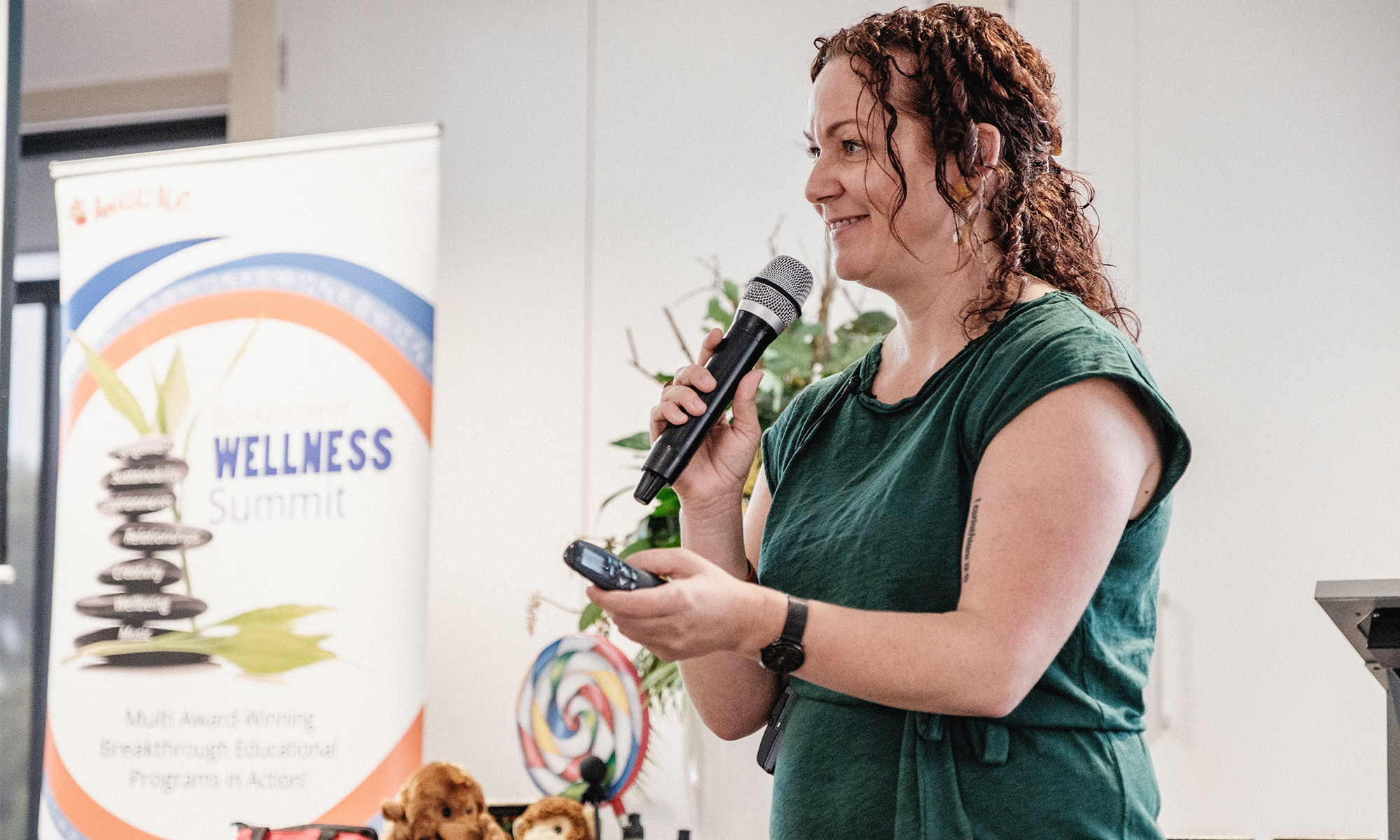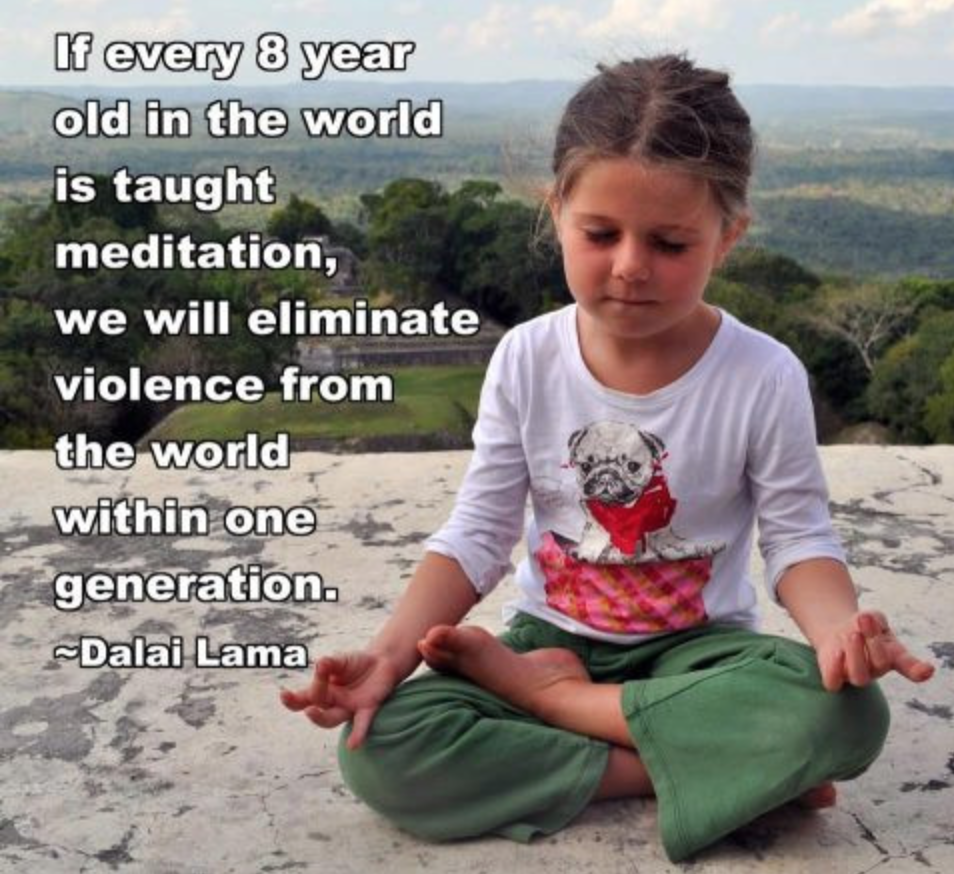Anxiety and mild depression are becoming increasingly prominent in adults as time goes by, and even more concerning is the rise of anxiety and depression in children and teens.
Anxiety has even been referred to as the disease of the 21st century and there are many things that could be attributed to the increasing number of children and teens suffering with it, such as the shift from intrinsic goals towards extrinsic goals – this is where we see people focussing on other people’s judgements as opposed to developing a meaningful internal philosophy. Of course not all children who display symptoms of anxiety are anxious, some children are just ‘worriers’ but regardless of the extent of this unease, there are ways to make children – as well as teens and adults – feel more in control and confident to face the day.
Worried, anxious, depressed or none of these things, the merits of meditation and breathing exercises are proven and there is plenty to gain from them. From better sleep to an increased ability to fight disease, improved social skills and enhanced performance at school – the benefits of meditation are countless.
On a spiritual level, meditation enables children (and others!) to connect with their inner selves and create a positive relationship between mind and body – a relationship that can last a lifetime and assist the healthy development of self-esteem and a happier outlook on life in general.
To begin the very basics of meditation, try setting aside 10 minutes to sit with your child/children in a quiet, calm place. Indoors, outdoors – it doesn’t matter, but find a happy spot that offers a peaceful retreat from the busy day. While sitting cross-legged on a mat or cushion, ask your children to rest their hands comfortably in their lap and close their eyes. You can instruct children to breathe in deeply through the nose and listen out for the sound of their heart. Exhale and send any bad feelings and stress out of the body with the breath. Children may also like to put their hands on their mid-section and focus on feeling the breath going in and out of their bodies.
Keep in mind that kids might move around and leave their eyes open but this is fine – talk about their meditation experience afterwards and find out how they feel before and after. It’s always good to make sure you pick a time when children are calm and relaxed to embark on meditation, rather than when they are very excitable or perhaps cranky. Music or low light can also help children when attempting meditation.
As always, we are interested to hear your experiences with meditation and children – share with us on Facebook or here on the blog.
Remember, 10 minutes of deep breathing and meditation each day is all it takes for your child (and you) to feel happier, more relaxed and in control of your destiny.
Useful links:
http://eocinstitute.org/meditation/meditation-and-children-the-benefits-of-an-early-start/
http://www.the-guided-meditation-site.com/benefits-of-meditation-for-kids.html
http://www.project-meditation.org/mt/meditation_for_children.html
http://dailyheal.com/meditation-news/9-reasons-why-meditation-should-be-allowed-in-public-schools/

